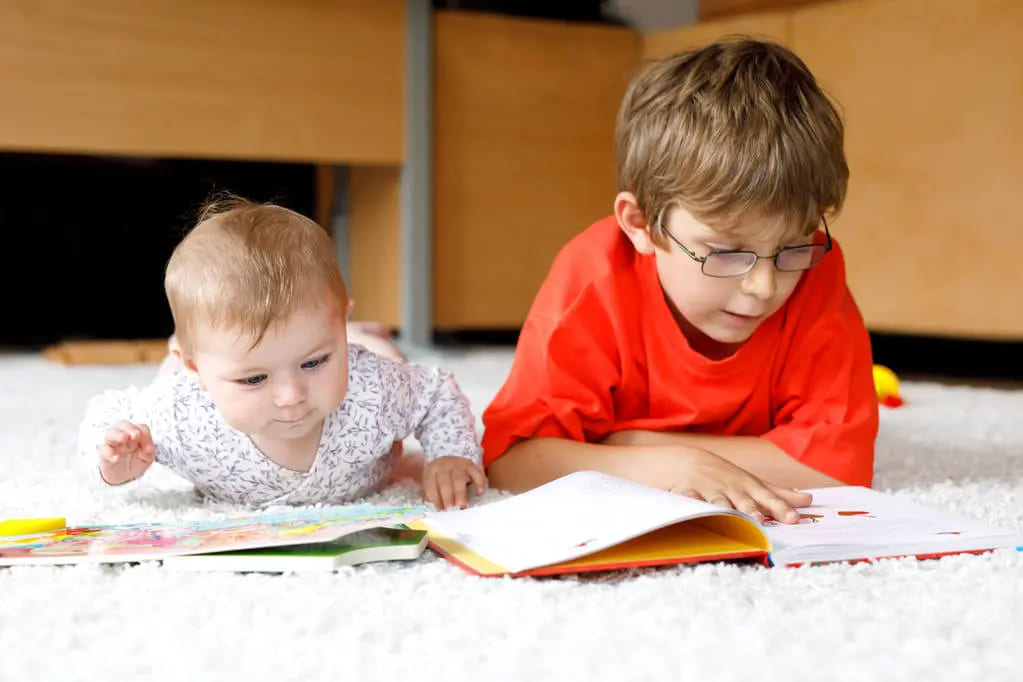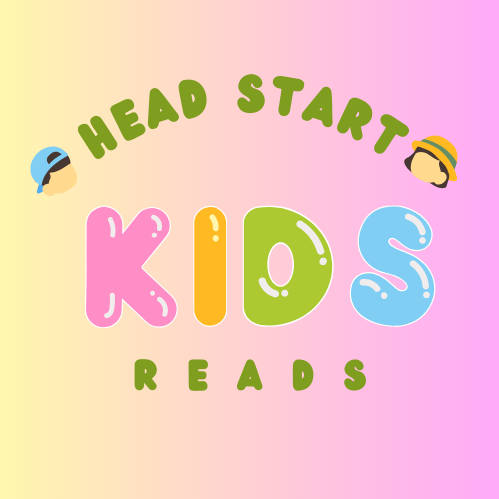What is the optimal age for a child to start reading?
The question of when a child should start reading is a perennial concern for parents, educators, and caregivers alike. As literacy forms the cornerstone of academic success and lifelong learning, understanding the factors influencing the optimal age for the commencement of reading is crucial. This essay aims to explore the multifaceted dimensions of this inquiry, drawing on cognitive development, educational psychology, and practical considerations to unravel the intricacies of when and how a child should embark on their reading journey.

I. Early Literacy Development and Brain Plasticity:
- Foundations of Brain Plasticity: The early years of a child’s life are marked by a remarkable phenomenon known as brain plasticity. During this period, the brain exhibits a heightened capacity to adapt and reorganize in response to stimuli. Understanding the foundations of brain plasticity provides insight into the optimal age for introducing reading, as it is during these formative years that neural connections related to language and literacy are most malleable.
- Critical Period Hypothesis: The critical period hypothesis posits that there is an optimal window during which language and literacy acquisition occurs most effortlessly. While the exact duration of this critical period is debated, many researchers suggest that the early years, particularly before the age of seven, represent a prime time for the development of foundational literacy skills. Introducing reading during this period leverages the brain’s natural receptivity to language and primes it for a seamless integration of reading abilities.
II. Emergence of Pre-Reading Skills:
- Phonemic Awareness and Vocabulary Development: Before children formally learn to read, they go through a phase of pre-reading skills development. Phonemic awareness, the ability to recognize and manipulate the individual sounds within words, and vocabulary development lay the groundwork for successful reading. These skills often begin to emerge in the preschool years, suggesting that exposure to language-rich environments during this period can significantly impact a child’s readiness for formal reading instruction.
- Print Awareness and Environmental Stimulation: Print awareness, an understanding of the conventions of written language, is another crucial pre-reading skill. Exposure to books, reading materials, and environmental print fosters print awareness from an early age. Creating a literacy-rich environment at home and in early childhood settings contributes to the gradual emergence of these foundational skills, preparing children for the transition to formal reading instruction.
III. Developmental Variability and Readiness Indicators:
- Individual Differences in Development: One of the complexities surrounding the optimal age for a child to start reading lies in the inherent variability of developmental trajectories. Children exhibit individual differences in cognitive, linguistic, and socio-emotional development, influencing their readiness for reading. Some children may show early signs of literacy readiness, while others may require additional time and support.
- Readiness Indicators: Recognizing readiness indicators becomes paramount in determining when to initiate formal reading instruction. These indicators include a child’s interest in books, the ability to recognize letters, and the development of basic language skills. Observing these cues allows parents and educators to tailor reading experiences to individual readiness levels, fostering a positive and supportive approach to early literacy development.
IV. Balancing Early Exposure and Avoiding Pressure:
- The Role of Early Exposure: Early exposure to books, storytelling, and language-rich activities undoubtedly plays a pivotal role in shaping a child’s attitude towards reading. Introducing children to the joy of storytelling, fostering positive associations with books, and engaging in shared reading experiences contribute to the development of a strong foundation for literacy.
- Avoiding Developmental Pressure: While early exposure is beneficial, it is crucial to avoid imposing developmental pressure on children. Every child progresses at their own pace, and undue pressure can lead to stress and a negative association with reading. Striking a balance between encouragement and respecting individual developmental timelines is essential to create a supportive environment for early literacy exploration.
V. The Influence of Educational Philosophies:
- Montessori and Play-Based Approaches: Educational philosophies also influence the timing of introducing reading to children. Montessori and play-based approaches, for instance, emphasize experiential learning and self-directed exploration. In these settings, children are often introduced to pre-reading activities in a natural and play-oriented manner, allowing them to develop literacy skills organically.
- Traditional Formal Instruction: On the other end of the spectrum, traditional formal instruction models may introduce reading at an earlier age through structured lessons and systematic phonics instruction. The choice of educational philosophy often depends on cultural norms, parental preferences, and the belief systems guiding educational practices in a given context.
VI. Multilingual Environments and Reading Acquisition:
- Multilingual Dynamics: In multilingual environments, the dynamics of reading acquisition become even more intricate. Children exposed to multiple languages may navigate the complexities of literacy development in diverse linguistic landscapes. Research suggests that multilingualism can positively impact cognitive abilities, but it may also influence the timing and sequence of reading acquisition in each language.
- Bilingualism and Cognitive Benefits: Bilingualism, in particular, has been associated with cognitive benefits, including enhanced executive functions and greater metalinguistic awareness. However, the interplay of languages and the unique linguistic demands of each may require careful consideration when determining the optimal age for introducing reading in multilingual contexts.
VII. Technological Influences on Reading Readiness:
- Digital Literacy and Early Exposure: The advent of technology introduces another dimension to the question of when a child should start reading. Digital literacy, including exposure to e-books and educational apps, has become increasingly prevalent. Early exposure to digital reading materials can impact a child’s reading readiness, with interactive and multimedia elements offering a unique context for early literacy exploration.
- Balancing Screen Time and Literacy: However, there is a need for a balanced approach to screen time, ensuring that digital interactions supplement rather than replace traditional reading experiences. The potential impact of screen-based reading activities on attention span and cognitive development necessitates a thoughtful integration of technology into early literacy practices.
VIII. Parental Involvement and Reading Readiness:
- The Significance of Parental Engagement: Parental involvement emerges as a crucial factor in a child’s reading readiness. Parents serve as the primary architects of a child’s early literacy experiences, influencing their attitudes, motivations, and approaches to reading. Engaging in shared reading, fostering a print-rich environment, and modeling positive attitudes toward literacy significantly contribute to a child’s readiness for reading.
- Building a Literacy-Rich Home Environment: Creating a literacy-rich home environment involves more than introducing books; it encompasses discussions, storytelling, and a genuine enthusiasm for language exploration. The synergy between parental involvement and the gradual emergence of pre-reading skills sets the stage for a seamless transition to formal reading instruction.
IX. Formal Reading Instruction and School Entry:
- Transition to Formal Instruction: The transition from informal literacy exploration to formal reading instruction often occurs as children enter school. Formal instruction typically commences in the early years of primary education, with structured lessons focusing on phonics, sight words, and reading fluency. School entry becomes a significant milestone, marking the commencement of systematic reading instruction.
- Varied Approaches in School Systems: The age at which formal reading instruction begins varies across school systems globally. Some countries adopt an early start, introducing formal reading lessons in kindergarten, while others opt for a slightly later commencement in the first grade. The decision is often influenced by educational philosophies, curricular frameworks, and cultural norms shaping early education.
X. Conclusion: Nurturing a Lifelong Love for Reading
Determining the optimal age for a child to start reading involves navigating a complex interplay of developmental factors, educational philosophies, and individual readiness indicators. While research underscores the advantages of early literacy exposure and the critical period hypothesis emphasizes the malleability of young minds, it is essential to approach the question with a nuanced understanding of developmental variability.
Early literacy experiences, rooted in the joy of storytelling, shared reading, and language-rich interactions, form the bedrock for successful reading readiness. Parents and educators play pivotal roles in fostering positive attitudes toward literacy and creating environments that support the gradual emergence of pre-reading skills.
Ultimately, the journey toward reading proficiency is as diverse as the children embarking on it. The emphasis should not solely be on the age at which formal instruction begins but on nurturing a lifelong love for reading. Whether through traditional books, digital resources, or a combination of both, the goal is to instill in children the curiosity, imagination, and linguistic dexterity that will accompany them on their literary voyage throughout life. In the tapestry of early literacy, the threads woven with care and intentionality lay the foundation for a future generation of enthusiastic and proficient readers.
